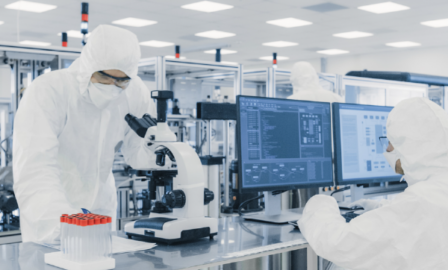The Future of Commercial Teams in Medical Device
Over the last decade, medical device companies have launched thousands of revolutionary products, transforming the lives of the patients that need them. While the pace of product innovation has accelerated due to improvements in technology, increasing competitiveness in the sector, and a boom in M&A, by and large the commercial model has not evolved much from decades past. While there have been some incremental improvements, there are still many opportunities for medical device companies to transform their commercial organizations and seize a competitive advantage.
Click here to download the full eBook The Future of Commercial Teams in Medical Device
Those who focus on creating the sales and marketing team of the future will build a distinct edge compared to those who focus only on executing the operating plan. As we speak with leaders across the industry, many express the desire to evolve faster and be more confident they are pulling the right levers when it comes to prospect engagement. Based on our research, we’ve outlined four key areas where medical device leaders in sales and marketing can focus their efforts to create true commercial differentiation for their organization.
1. Elevate Training to a Strategic Imperative
Sales and marketing training is not just a “checkbox” exercise, it can amount to much more than modules, courses, and exercises when approached with an innovative lens. First, training should be designed with deep thought given to the skills and traits required for those employees be effective operators in the market. Well-designed training plans can become a cross-functional corporate asset, and the best companies find ways to integrate insights gathered for training purposes into broader sales strategies and marketing plans. As an added benefit, this exercise can help bring clarity to the role profiles that organizations use to hire into critical customer-facing roles.
Second, companies can focus on innovating the delivery of training, in an attempt to improve learner retention, making training less academic and priming learnings for application in the market. Doing so will help to raise the abysmal rates of retention, which estimates that the annual turnover among American salespeople runs as high as 27%—twice the rate in the overall labor force. There are four key components of innovative training delivery companies can integrate to maximize effectiveness – experiential, individualized, weighted, and measured. Organizations that institute these elements in their training are setting the groundwork to ensure that their reps are customer-focused and act on what they learn.
Click here to download the full eBook The Future of Commercial Teams in Medical Device
Subscribe to Clarkston's Insights
Coauthors and contributions by Allie Gordon and Kevin Merchak



